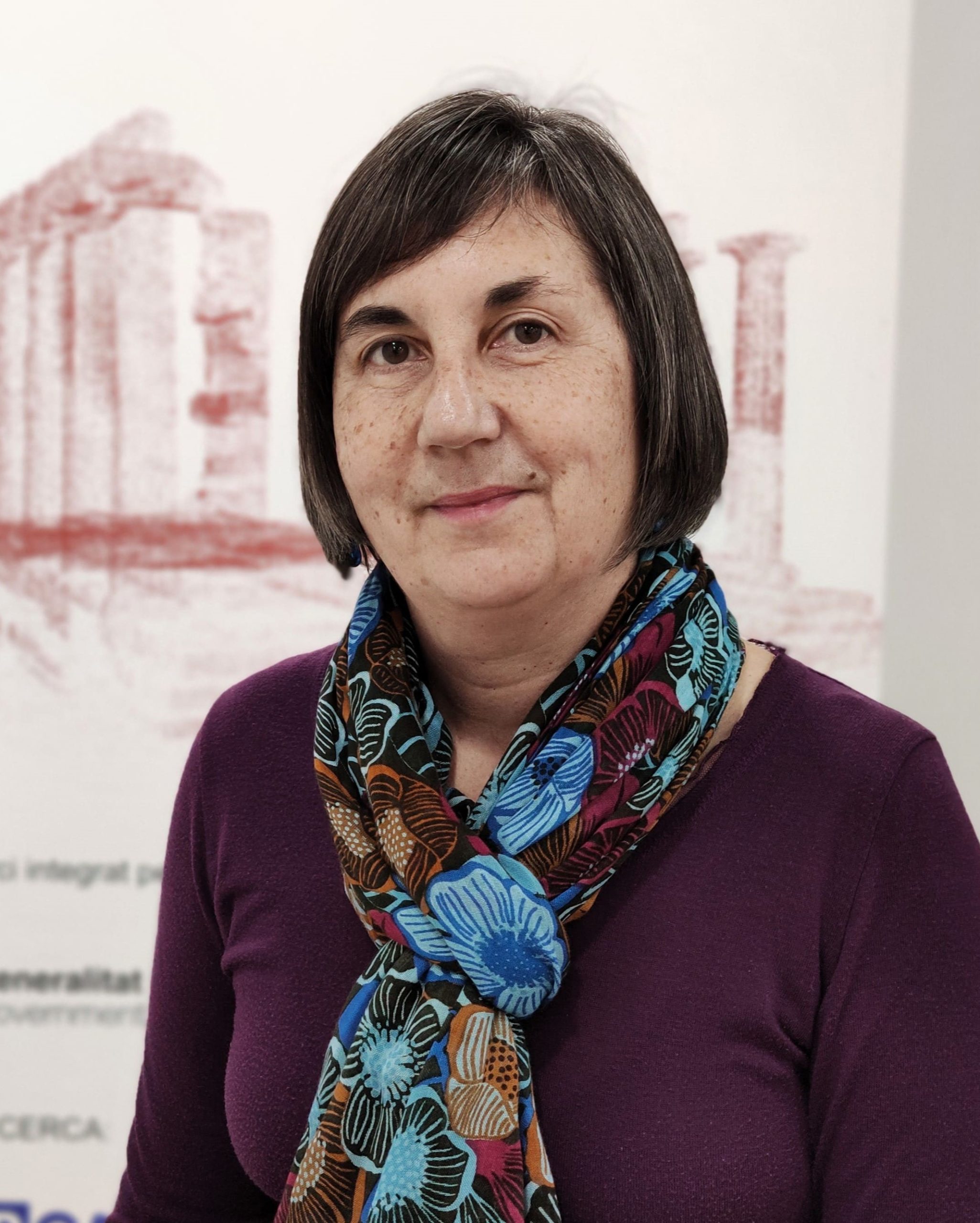Brief CV
PhD in Geography and History (1995), University of Barcelona, for my research work on proto-historic societies in Catalonia through the analysis of their domestic architecture. Between 1996 and 1998 I had a postdoctoral position granted by the Generalitat de Catalunya to develop a stay of research at the CNRS (Unité Mixte de Recherche 5140 – Montpellier, France). Between 1999 and 2003, I was a researcher at the University of Barcelona thanks to different postdoctoral contracts. Since 2004, I have been developing my research at the ICAC, initially as a researcher at the Institute. In 2006 I joined ICREA as a researcher, and since 2009 I hold an ICREA Research Professor position. In 2013 I received advanced research accreditation from AQU (Agency for University Quality) Catalunya in order to apply for a university full professor position.At the ICAC, I coordinate the MIRMED-GIAC Research Group, recognized by the AGAUR (2021SGR00790), within which I lead the Protohistoric Archaeology team. Since 2023 I am a member of the Institut d’Estudis Catalans (Member of the International Academic Union) (Historical-Archaeological Section).
I am currently the coordinator of advanced research at the ICAC (Interuniversity Master’s Degree in Applied Classical Archaeology. Research and Transfer) (URV-UAB-ICAC) and a member of the committee of the Interuniversity Doctorate in Classical Archaeology (URV-UAB-ICAC).
The general goal of my research is to study the complex societies of the first millennium BC in the western Mediterranean. I am interested in the processes leading to the formation of these societies during the Late Bronze Age as well as their social organization during the Iron Age (first millennium BC). From a geographical point of view, my research is conducted in northeastern Iberian Peninsula, South of France, and North of Africa. More particularly, my current research focuses on two main issues. On the one hand, the study of settlement patterns, domestic architecture, and social use of space. On the second hand, the analysis of rituals, mortuary practices, and use of funerary space. The combined analysis of settlement and burial sites enables the understanding of social organization and yields information about the appearance of social differences and hierarchy in the Iron Age communities. I am currently carrying out an interdisciplinary and experimental project on Iron Age combustion structures in protohistory (the TRANSCOMB Project).






